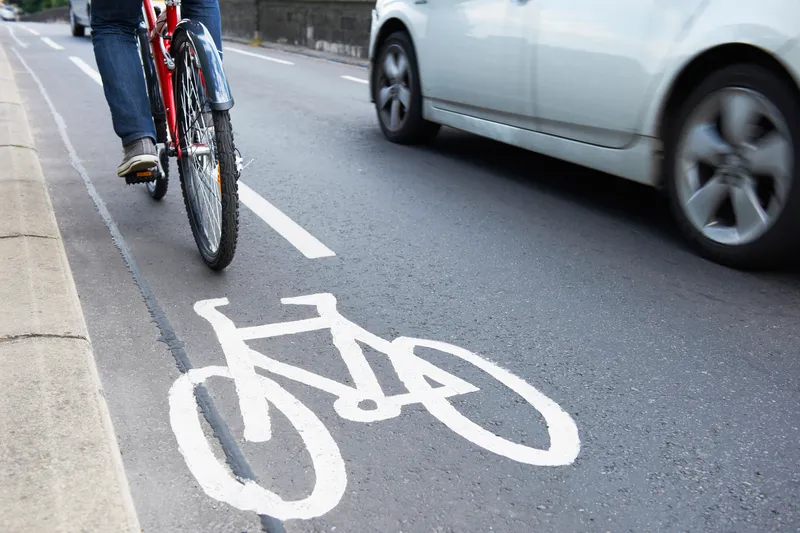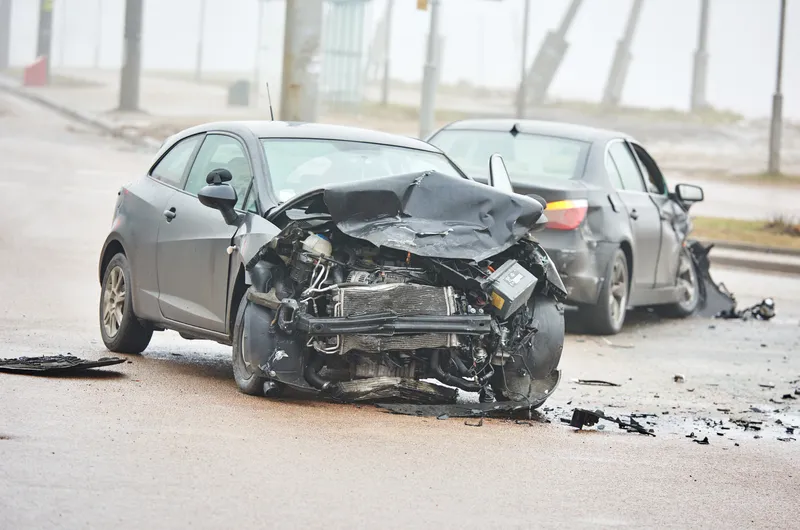
Commsignia is collaborating with vulnerable road user (VRU) experts Spoke to provide automotive grade Cellular-V2X (C-V2X) software solutions for cyclists, motorcyclists and e-scooter riders.
According to the National Highway Traffic Safety Administration (NHTSA), 891 bicyclists were killed in traffic in 2020 which is 5% up compared to 2019.
Commsignia says cities and fleet operators to gain valuable insights with data from V2X to improve road safety and traffic efficiency.
Commsignia's V2X software stack and safety application suite is expected to fit light vehicles and provide secure direct communication between road users and the infrastructure. Spoke plans to offer contextual awareness and warning messages for cyclists and other light mobility users by integrating Commsignia’s V2X stack and safety application suite into a new hardware solution.
Spoke CEO Jarrett Wendt says: “For the first time ever, vulnerable road users like bicyclists can be digitally ‘seen’ by cars and they can 'see' the vehicles around them. This is possible because of Spoke’s partnership with Commsignia which is delivering game-changing, automotive-grade connectivity, and more specifically new and unique algorithms specific to VRUs that literally put them on the map.”
Commsignia CEO Laszlo Virag says: “Road traffic is changing, and it is important to provide safety solutions for two-wheelers as well. Safety can only be ensured by direct V2X communication, which guarantees that vehicles in close proximity receive potentially life-saving alerts in real time.”
Commisignia offers a portfolio that includes V2X hardware equipment for all types of vehicles, integration of roadside sensors to provide non-connected users access to the benefits of the V2X ecosystem.










